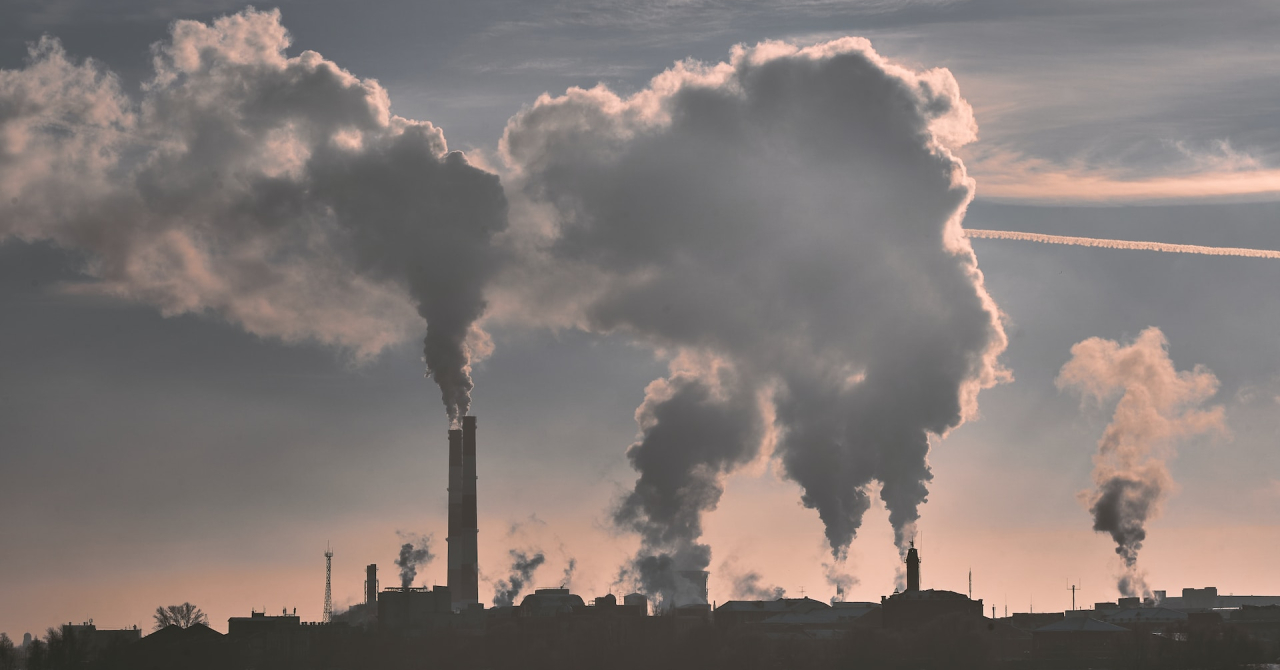Air pollution damages health during childhood and increases the risk of disease in later life, according to the European Environment Agency "Air pollution and children’s health" briefing.
Air pollution is estimated to cause over 1,200 premature deaths every year among those under the age of 18 across the EEA’s 32 member countries. Although the number of premature deaths in this age group is low relative to the total for the European population estimated by EEA each year, deaths early in life represent a loss of future potential and come with a significant burden of chronic illness, both in childhood and later in life.
Children’s lung function and lung development are affected by air pollution, especially by ozone and nitrogen dioxide (NO2) in the short term, and by fine particles (PM2.5) in the long term. Maternal exposure to air pollution during pregnancy is linked to low birth weight and risk of pre-term birth. After birth, ambient air pollution increases the risk of several health problems, including asthma, reduced lung function, respiratory infections and allergies. It also can aggravate chronic conditions like asthma, which afflicts 9% of children and adolescents in Europe, as well as increasing the risk of some chronic diseases later in adulthood.
Until air pollution is reduced to safe levels overall, improving air quality around settings like schools and kindergartens and during activities like school commutes and sports, can help reduce children’s exposure.
Hans Bruyninckx, EEA Executive Director, said that "air pollution levels across Europe are still unsafe and European air quality policies should aim to protect all citizens, but especially our children, who are most vulnerable to the health impacts of air pollution."
"It is urgent that we continue to step up measures at EU, national and local level to protect our children, who cannot protect themselves. The surest way to keep them safe is by making the air we all breathe cleaner."
In 2021, upwards of 90% of of the EU’s urban population was exposed to harmful levels of nitrogen dioxide, ozone and fine particulate matter (PM2.5).
PM2.5 is one of the most damaging pollutants to human health, with exposure to PM2.5 a leading cause of stroke, cancer and respiratory disease. In 2021, 97% of the urban population was exposed to concentrations of PM2.5 above the 2021 WHO annual guideline of 5 µg (microgram) /m3.
How pollution is spread across Europe
According to preliminary data from 2022, central-eastern Europe and Italy reported the highest concentrations of both PM2.5 due primarily to the burning of solid fuels like coal for domestic heating and their use in industry.
Faro, Portugal, and the Swedish cities of Umeå and Uppsala were ranked as the cleanest European cities and had the lowest average levels of fine particulate matter, or PM2.5, over the past two calendar years, according to the updated EEA city air quality viewer.
 Mihai - Cristian Ioniță
Mihai - Cristian Ioniță












Any thoughts?